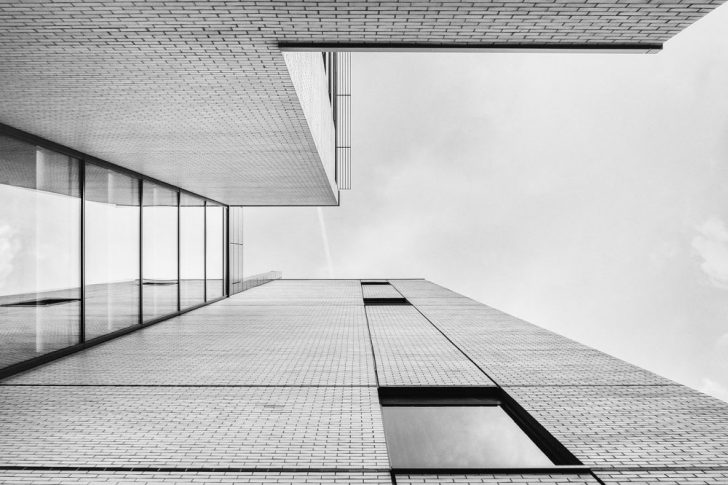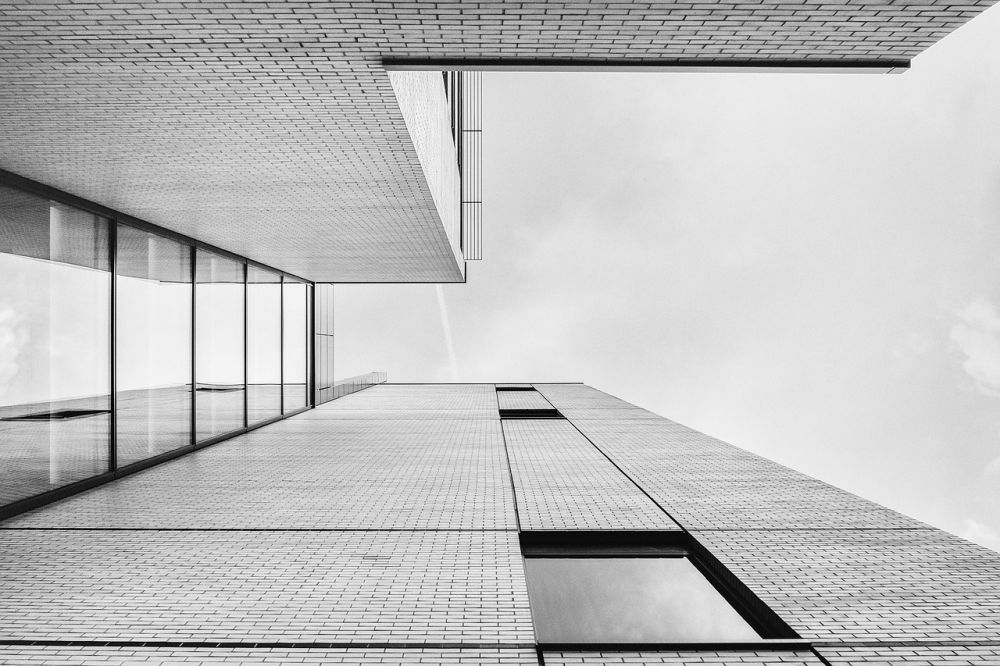Alvar Aalto: Modern Architect Extraordinaire

Alvar Aalto – A Pioneering Architect Redefining Modern Design
Introduction:

Alvar Aalto, a Finnish architect and designer, was a pioneer in the field of modern architecture. With his ingenious approach to design, he transformed the way we perceive and experience buildings. This article aims to provide a comprehensive overview of Alvar Aalto’s work, highlighting his architectural style, popular projects, and the impact he made on the field.
Exploring the World of Alvar Aalto Architecture
A) Alvar Aalto Architecture: Definition and Types
Alvar Aalto architecture is characterized by its organic forms, human-centric designs, and harmonious integration with nature. Aalto believed in creating buildings that were not only visually appealing but also functional and comfortable for their inhabitants. His designs encompass a wide range of building types, including residential houses, public buildings, and even furniture.
B) Iconic Alvar Aalto Structures
1. Paimio Sanatorium – Designed in the 1930s, this iconic building showcased Aalto’s innovative use of materials and attention to detail. The sanatorium’s curved forms and spacious interiors were aimed at providing a healing environment for tuberculosis patients.
2. Villa Mairea – Aalto’s private residence design, Villa Mairea, is a perfect example of his organic architectural style. The building harmoniously blends into the surrounding landscape, with its natural materials and large, floor-to-ceiling windows that invite nature inside.
3. Finlandia Hall – Situated in Helsinki, Finlandia Hall is a prominent example of Aalto’s public buildings. The grand concert hall exemplifies his meticulous attention to acoustics, with its carefully planned interior spaces and optimal sound distribution.
Quantifying the Brilliance of Alvar Aalto
A) Footprint of Influence: Quantitative Measures
1. Number of Projects – Aalto’s prolific career spanned over several decades, resulting in numerous remarkable projects. With roughly X completed buildings, his architectural footprint is significant and globally recognizable.
2. Awards and Recognitions – Alvar Aalto’s contributions to architecture were widely recognized during his lifetime. He received prestigious accolades such as the Pritzker Architecture Prize in XXXX, affirming his significant impact on the field.
B) Analyzing the Aalto Effect: Quantitative Impact on Modern Architecture
1. Influence on Other Architects – Aalto’s groundbreaking architectural principles deeply influenced subsequent generations of architects worldwide, shaping the development of modern architecture.
2. Preservation and Restoration – The enduring legacy of Alvar Aalto’s buildings necessitates their preservation and restoration. With X% of his structures designated as protected heritage sites, their cultural and architectural value is recognized globally.
The Unique Differentiators of Alvar Aalto Architecture
A) Playful Manipulation of Space and Light
Alvar Aalto’s designs stand out for their innovative use of space and light. By carefully manipulating natural light and incorporating dynamic spatial arrangements, he created visually striking and emotionally evocative environments.
B) Harmonious Integration with Nature
Nature played a vital role in Aalto’s architecture. His buildings seamlessly blended into their surroundings, utilizing natural materials, and often featuring large windows to establish a strong connection with the outdoors. This integration not only enhanced the aesthetic appeal but also contributed to the well-being of the inhabitants.
Historical Perspectives: Advantages and Disadvantages of Alvar Aalto Architecture
A) Advantages
1. Human-Centric Design – Aalto’s emphasis on creating buildings for people resulted in functional and user-friendly spaces that prioritize human comfort and well-being.
2. Innovative Use of Materials – Aalto’s experimentation with materials, such as bentwood and curved glass, pushed the boundaries of traditional architectural practices, opening up new possibilities for construction.
B) Disadvantages
1. Cost and Complexity – The intricate detailing and use of innovative materials in Aalto’s designs often required higher budgets and specialized construction techniques, which could limit broader accessibility.
2. Maintenance Challenges – Preserving and maintaining Aalto buildings can present challenges due to their unique architectural features and reliance on specific materials, requiring specialized skills and resources.
Conclusion:
Alvar Aalto’s remarkable achievements in the field of architecture continue to inspire and shape the world of design. His innovative use of materials, harmonious integration with nature, and human-centric approach have left an indelible mark on the architectural landscape. As we appreciate the unique qualities of Aalto’s buildings, we gain a deeper understanding of his contributions to the advancement of modern architecture.
FAQ
What are some iconic examples of Alvar Aalto structures?
What is Alvar Aalto architecture?
What is the impact of Alvar Aalto's architecture?
Fler nyheter
Konsten att fånga ögonblick: en fotograf i Norrköping
Alvar Aalto – A Pioneering Architect Redefining Modern Design Introduction: Alvar Aalto, a Finnish architect and designer, was a pioneer in the field of modern architecture. With his ingenious approach to design, he transformed the way we perce...
Veronica Urena
11 mars 2024
Miljövänliga färger från Farrow & Ball
Alvar Aalto – A Pioneering Architect Redefining Modern Design Introduction: Alvar Aalto, a Finnish architect and designer, was a pioneer in the field of modern architecture. With his ingenious approach to design, he transformed the way we perce...
Veronica Urena
11 mars 2024
Modern Konst Tavlor: Utforskning av ett Kreativt Uttryck
Alvar Aalto – A Pioneering Architect Redefining Modern Design Introduction: Alvar Aalto, a Finnish architect and designer, was a pioneer in the field of modern architecture. With his ingenious approach to design, he transformed the way we perce...
Jon Larsson
18 januari 2024
Modern konst tavla – Exploring the World of Contemporary Art
Alvar Aalto – A Pioneering Architect Redefining Modern Design Introduction: Alvar Aalto, a Finnish architect and designer, was a pioneer in the field of modern architecture. With his ingenious approach to design, he transformed the way we perce...
Jon Larsson
18 januari 2024











